按此訂閱電子通訊以獲取首張訂單9折優惠|所有香港訂單免運費|可派送到順豐智能櫃或順豐站|按此開始Whatsapp即時對話
按此訂閱電子通訊以獲取首張訂單9折優惠|所有澳門訂單運費為港幣30元正|可派送到順豐智能櫃或順豐站|按此開始Whatsapp即時對話
按此訂閱電子通訊以獲取首張訂單9折優惠|所有香港訂單免運費|可派送到順豐智能櫃或順豐站|按此開始Whatsapp即時對話
按此訂閱電子通訊以獲取首張訂單9折優惠|所有澳門訂單運費為港幣30元正|可派送到順豐智能櫃或順豐站|按此開始Whatsapp即時對話

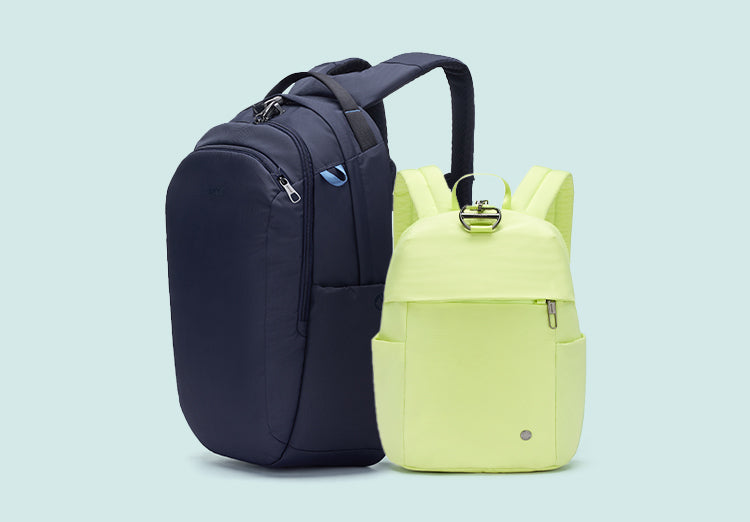
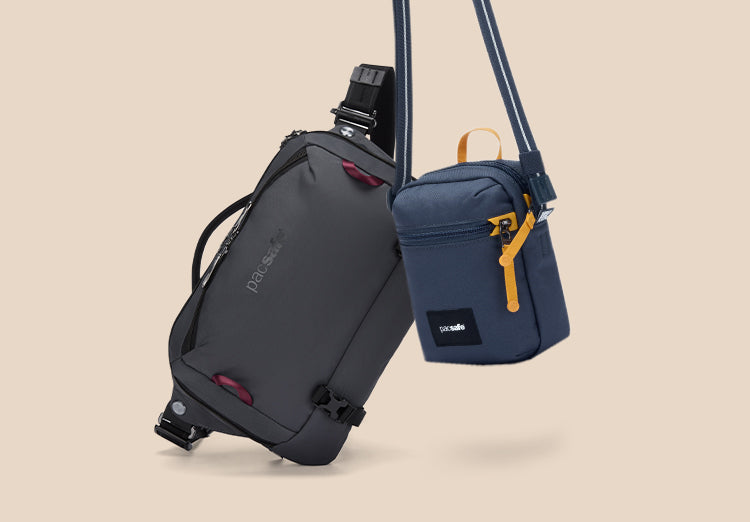
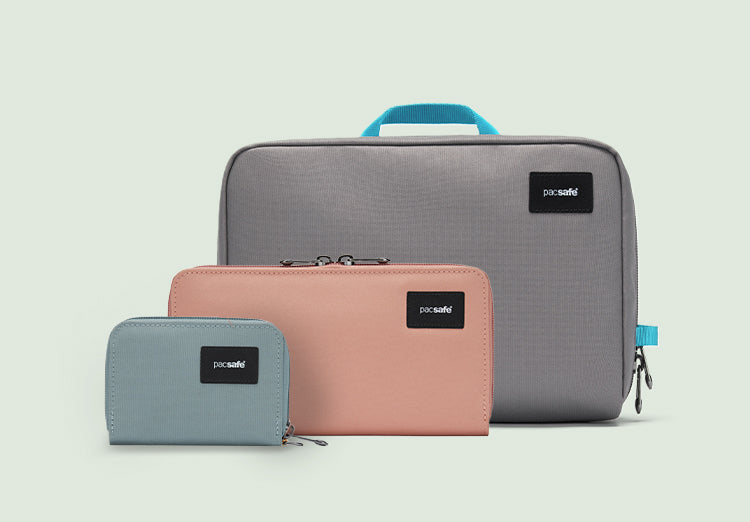
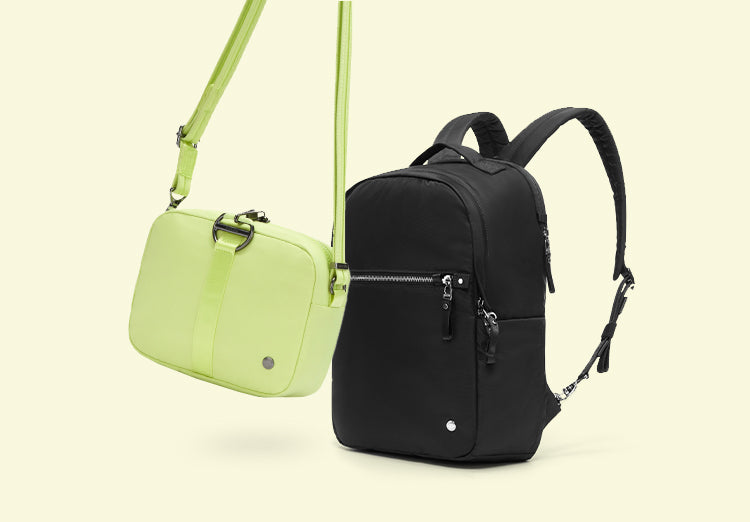

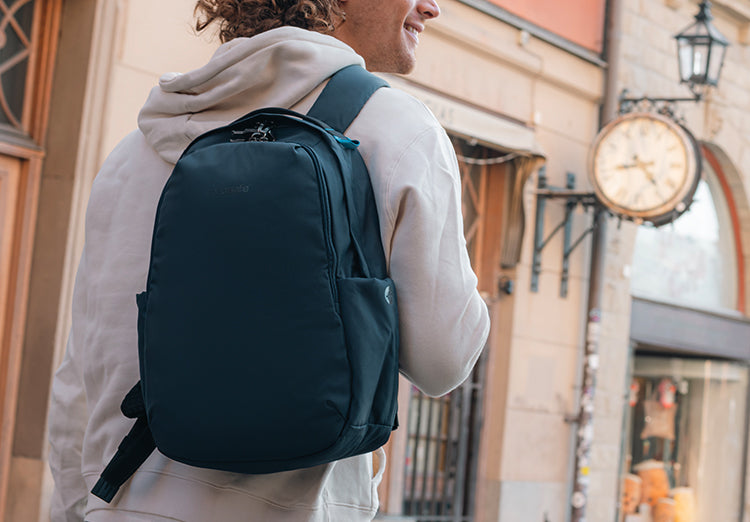

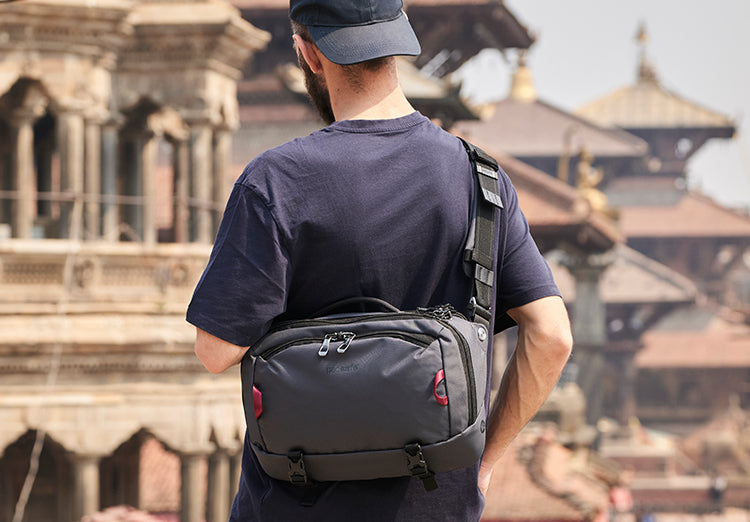
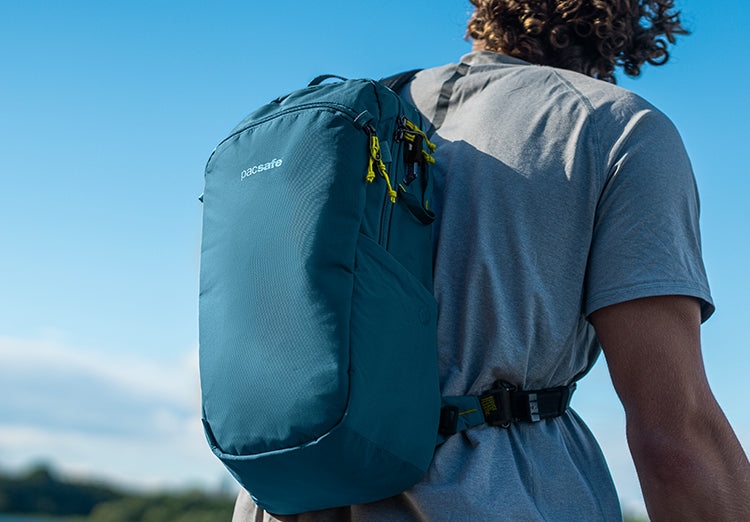
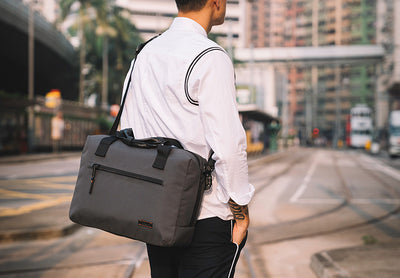
 Some travelers are completely oblivious to hurricane season, while more seasoned travelers can be hyper vigilant to the point of avoiding travel in any area where the weather might mess with their adventure or vacation. Neither is particularly beneficial. You shouldn’t ignore or avoid hurricane season when planning your trip. So what should you do? Educate yourself and make plans accordingly. Here are 8 tips to lower your risks and increase the likelihood that you’ll still have a great vacation, even with the threat of scary weather lurking over your plans.
Some travelers are completely oblivious to hurricane season, while more seasoned travelers can be hyper vigilant to the point of avoiding travel in any area where the weather might mess with their adventure or vacation. Neither is particularly beneficial. You shouldn’t ignore or avoid hurricane season when planning your trip. So what should you do? Educate yourself and make plans accordingly. Here are 8 tips to lower your risks and increase the likelihood that you’ll still have a great vacation, even with the threat of scary weather lurking over your plans.

